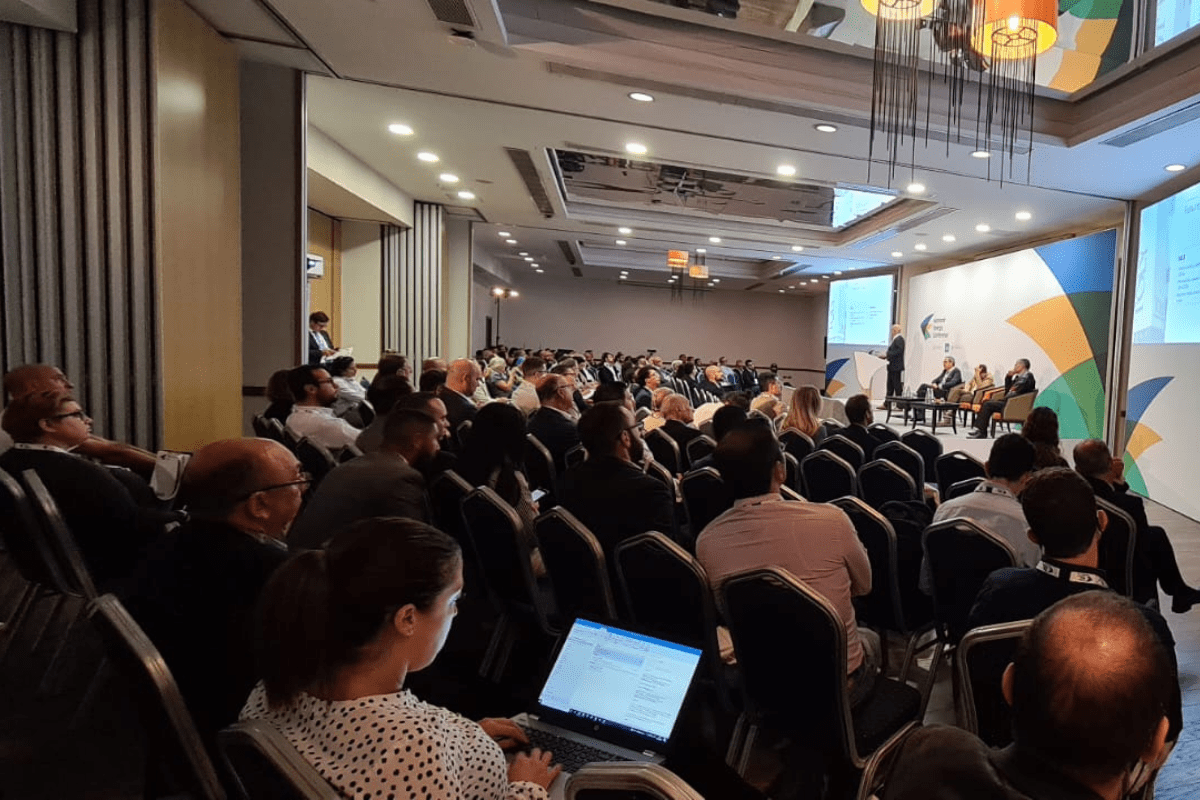The 18th of October we attended the National Energy Conference. The conference, which was dotted with prescient insights and implications for the Property industry, was jointly organized by the Energy and Water Agency and the Institute for Sustainable Energy at the University of Malta with the immediate goal of bringing together energy policy, research, and promotion of different facets of energy management. In the long term, it aims to serve as a springboard for further international collaboration in the development of projects that will help us with the goal of reaching energy independence and net-zero carbon emissions by 2050.
Mounting pressures on energy supplies have translated into a strong political will to phase out fossil fuels. In just a few months, pressure from member states has resulted in the approval of six energy-related packages. These measures are ought to be thought of as temporary, as they are interventionist in nature.
In her speech, Hon. Miriam Dalli underlined that the possibility of pausing our trajectory towards decarbonization is out of question. The situation must be considered as an opportunity to invest further in renewables, particularly the still untapped offshore capabilities of Malta. In this regard, Professor Tonio Sant later elaborated on ongoing pilot studies that have demonstrated the viability of shallow-water energy generation and mechanical storage solutions. This would result in the decoupling of energy generation and storage from land use, thus freeing up precious land use that could be destined for more productive uses or for conservation
It is estimated that buildings consume 40% of primary energy use in the EU, and 36% of greenhouse gas emissions. Because of its footprint, the building sector remains critical not only when it comes to the effort to reach emissions targets, but also when ensuring security and affordability of energy supply. Professor Maurizio Cellura explained a new way of looking at the sector by introducing the concept of Positive Energy Districts (PEDs). Building on the concept of positive energy buildings, PEDS are areas that are capable of generating more energy than consumed, while also being flexible enough to respond to variations of energy markets. The PEDs should not only aim to achieve a surplus of energy, however. Rather, they are to be considered as ways to minimize environmental impacts, increase energy efficiency, and reduce energy consumption, according to the ‘4Ds’ of energy: decrease, decarbonize, decentralize, distribute.
Cellura also elaborated on the possibility of bringing bag gigafactories to Europe, creating local job opportunities while ensuring independence from third countries for the supply of ready-to-use energy solutions, such as photovoltaics or batteries. The core tenets of the circular economy could also help alleviate some of the dependency issues when it comes to sourcing raw materials.
The theme of digitalisation came out strong throughout the conference. The efforts carried out by Professor Saviour Formosa to map out rooftops were of particular interest. Having a tool to quickly assess rooftop area and the variability on shade cover makes calculating solar potential significantly easier. Daniel Micallef also brought up the topic when speaking about the need to consider passive energy measures during the very early stages of the design process of buildings, rather than resorting to active ones once it is complete. Although design codes serve as a basis for any design strategy, the sector should move forward. Modern architectural firms are shifting towards a simulation approach, where the building design is simulated digitally in order to provide data-based solutions.
Heat-management supposes a significant technical challenge for the Maltese islands in multiple fronts, such as energy generation, storage, and building insulation. Technical expertise is also paramount to overcome the challenges that are caused by it. Ing. Ryan Bugeja has come up with a solar panel cooling system that, once mounted under the frame of conventional solar cells, keeps them working within optimal temperatures, without any of the setbacks associated with other cooling solutions. Antoine Gatt showcased how landscape architecture can have an impact on energy consumption. Green roofs serve as excellent insulators with multiple added benefits, such as mitigation of flood risk and an increase in biodiversity.
During his concluding remarks, Manuel Sapiano, CEO of Energy and Water Agency, insisted that the key take-home message of the conference should be one of cooperation between local and international entities working together to achieve a common goal.
Updates and further information about the summit’s developments can be followed on the official blog and on its social media channels.


